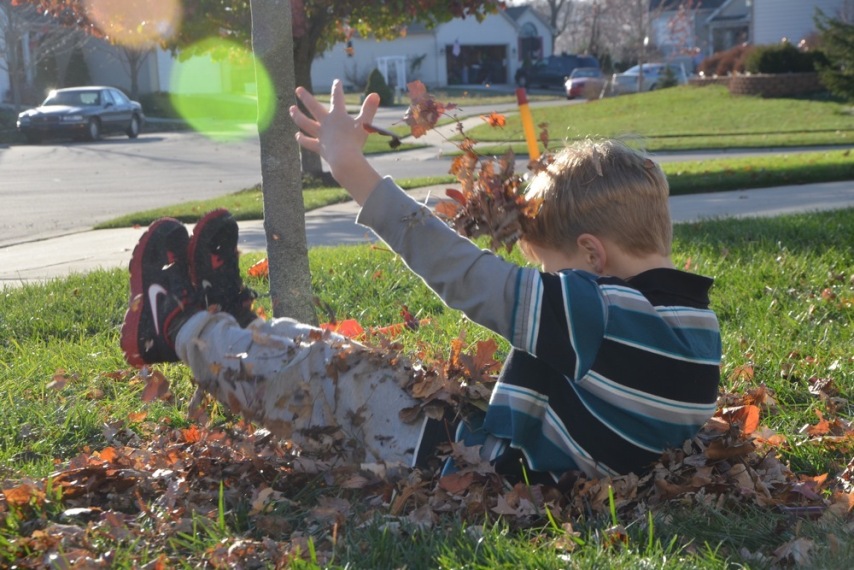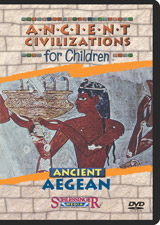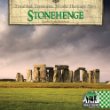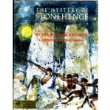Greece Gets Civilized Again (SOTW ch. 20)
The emergence of Greece from the dark ages with a new language and altered culture, plus Homer's arrival on the scene, makes for a colorful chapter of history. We paused here for a moment, actually, and blended this chapter with a look into Greece's next few years of culture, mainly their contributions to general wisdom that have been passed down through the ages.
 The Life and Times series of "biographies" was something we leaned on a lot here, not because I think it's a great series, but because there weren't a lot of options available to us that fell somewhere between picture books and adult tomes. The series is a victim of modern kid book insanity, so it has insets and font changes and tidbits of information that are entirely out of place, but it worked out alright because with each book I selected small sections I thought would impart the knowledge we were looking for, and Calvin had time to peruse the rest based on his own desire. We used The Life and Times of Homer, by Tracy Kathleen, The Life and Times of Pythagoras, by Susan Sally Harkins, The Life and Times of Socrates, by Suan Zannos, and The Life and Times of Plato, by Jim Whiting.
The Life and Times series of "biographies" was something we leaned on a lot here, not because I think it's a great series, but because there weren't a lot of options available to us that fell somewhere between picture books and adult tomes. The series is a victim of modern kid book insanity, so it has insets and font changes and tidbits of information that are entirely out of place, but it worked out alright because with each book I selected small sections I thought would impart the knowledge we were looking for, and Calvin had time to peruse the rest based on his own desire. We used The Life and Times of Homer, by Tracy Kathleen, The Life and Times of Pythagoras, by Susan Sally Harkins, The Life and Times of Socrates, by Suan Zannos, and The Life and Times of Plato, by Jim Whiting.
 Wise Guy: The Life and Philosophy of Socrates, by Mark David Usher, falls under the category of "well, it was better than nothing." Created to appeal to the younger crowd, the book tries to walk the line between picture book and biography to the tune of over-simplifying the facts. That being said, used with lots of discussion and additional resources, the book isn't a bad introduction, and the pictures keep it interesting.
Wise Guy: The Life and Philosophy of Socrates, by Mark David Usher, falls under the category of "well, it was better than nothing." Created to appeal to the younger crowd, the book tries to walk the line between picture book and biography to the tune of over-simplifying the facts. That being said, used with lots of discussion and additional resources, the book isn't a bad introduction, and the pictures keep it interesting.
 Pythagoras and the Ratios and What's Your Angle, Pythagoras?, both by Julie Ellis, are fun picture book introductions to the story of Pythagoras and his discoveries. I find historical fiction to be a valuable genre, and these books fit the bill for some lighter yet still informative reading, to go along with the biography we used (listed above).
Pythagoras and the Ratios and What's Your Angle, Pythagoras?, both by Julie Ellis, are fun picture book introductions to the story of Pythagoras and his discoveries. I find historical fiction to be a valuable genre, and these books fit the bill for some lighter yet still informative reading, to go along with the biography we used (listed above).
 Aristotle and Scientific Thought, by Steve Parker, was probably my favorite book from this section. That may be due in part to my personal love for Aristotle, but the book was also pretty well done, with lots of information presented in an easy-to-follow yet not overly-simplified manner and illustrations intended to add and not distract.
Aristotle and Scientific Thought, by Steve Parker, was probably my favorite book from this section. That may be due in part to my personal love for Aristotle, but the book was also pretty well done, with lots of information presented in an easy-to-follow yet not overly-simplified manner and illustrations intended to add and not distract.
 Rosemary Sutcliff's version of The Iliad, Black Ships Before Troy, is an excellent retelling for youthful readers. Her ability to retain much of the mythical grandeur of the original poem whilst making it readable for the younger set keeps the tale truly enjoyable. There are different issues of her perfect retelling out there. We selected the set (Black Ships Before Troy and The Wandering of Odysseus) with the stunning illustrations by Alan Lee. I cannot say enough about this pair of books, or the others in Sutcliff's estimable library of traditional tales retold.
Rosemary Sutcliff's version of The Iliad, Black Ships Before Troy, is an excellent retelling for youthful readers. Her ability to retain much of the mythical grandeur of the original poem whilst making it readable for the younger set keeps the tale truly enjoyable. There are different issues of her perfect retelling out there. We selected the set (Black Ships Before Troy and The Wandering of Odysseus) with the stunning illustrations by Alan Lee. I cannot say enough about this pair of books, or the others in Sutcliff's estimable library of traditional tales retold.







 Wednesday, January 30, 2013
Wednesday, January 30, 2013















